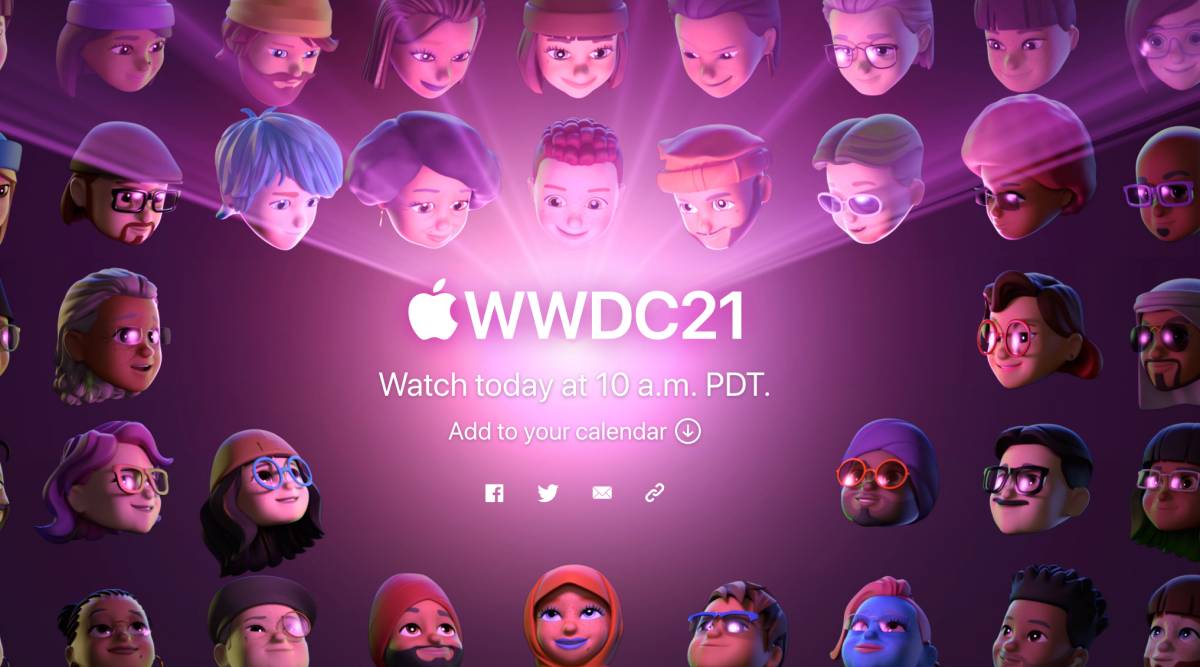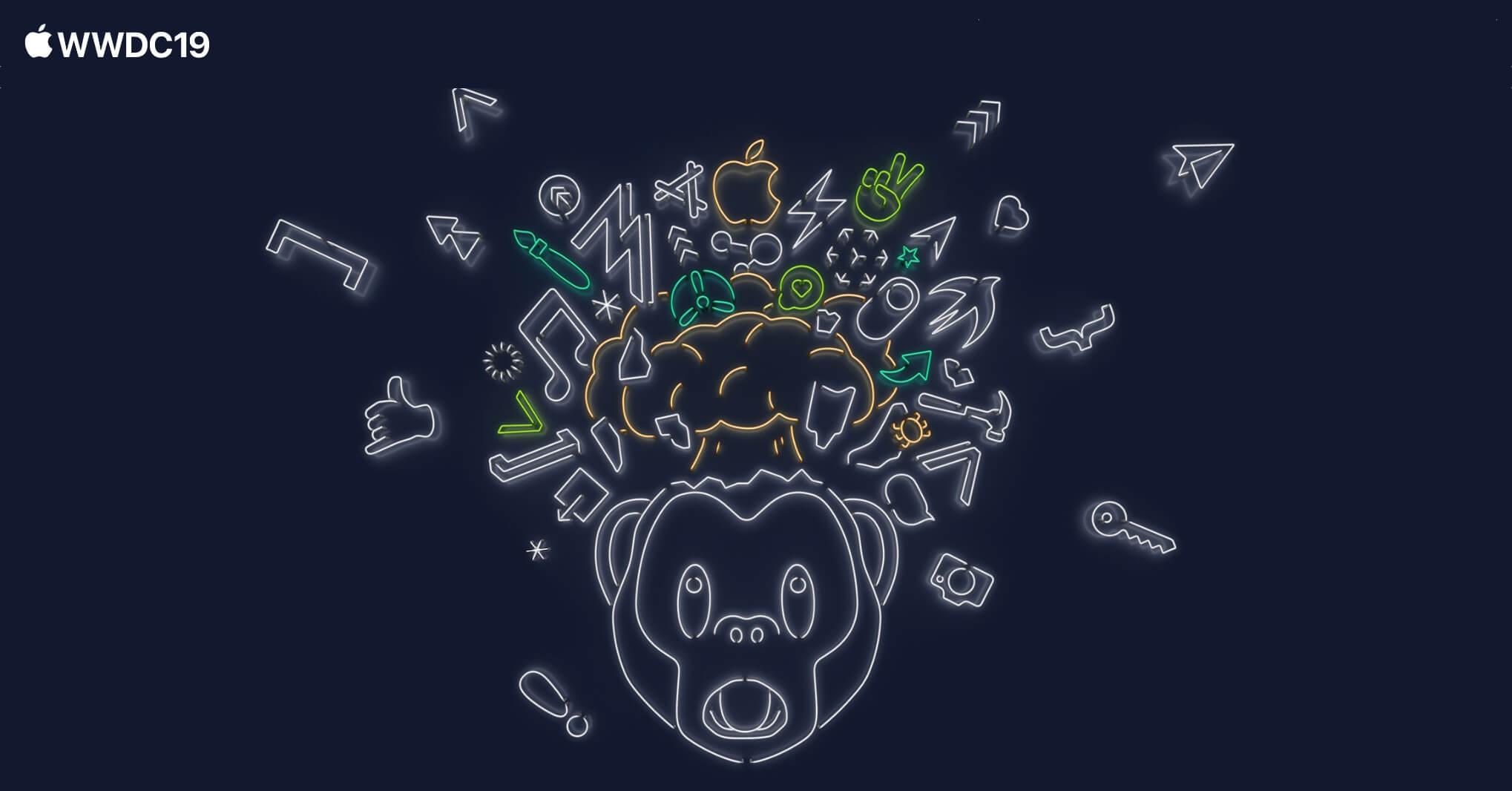


Apple wwdc windows#
Only with Stage Manager’s arrival will they do so at all.įederighi didn’t really articulate why windows should float and overlap on an iPad-at least if it’s not plugged into a big external monitor, where the tablet’s traditional tiled, full-height apps may not make effective use of expansive real estate. But on the iPad, floating-windows overload isn’t an existing problem to solve, since the platform has never let windows float or overlap.
Apple wwdc software#
During the MacOS portion of the WWDC keynote, Apple software chief Craig Federighi pitched the new feature as addressing the age-old Mac frustration of working with so many apps that you end up with an overwhelming profusion of floating, overlapping windows. Still, I can’t help but wonder if Apple’s unification push could lead it to connect some dots that might be better left alone. The more a Mac has in common with an iPhone, after all, the more inviting a purchase it might be for an iPhone fan who’s previously used Windows PCs. If a feature is new and smart, wouldn’t you want it to be available everywhere you might find it useful? This increasing consistency is also a way for Apple to encourage customers to use more of its products, since it spreads familiar experiences throughout the portfolio. (One notable exception: iOS 16’s new Lock Screen customizations aren’t replicated in iPadOS 16, though it seems a good bet that they’ll show up next year in iPadOS 17-and maybe even MacOS.)įor the most part, the zeal with which Apple is bringing its multiple platforms in alignment is a positive development for everyone involved. In short, if it made sense for something new to span more than one Apple operating system, it probably did-to a much more comprehensive degree than in past WWDC keynote reveals.
Apple wwdc tv#
The iPhone, iPad, Apple Watch, and Apple TV all have their own operating systems.

In case you didn’t know, the Mac is now only one of Apple’s computing platforms. (It even got delayed because Apple needed to divert resources to a new product called the iPhone.) The next version, Snow Leopard, debuted in August 2009, followed by Lion in July 2011.
Apple wwdc update#
For example, the Mac’s OS X Tiger update arrived in April 2005-and its successor, OS X Leopard, didn’t show up until October 2007.


 0 kommentar(er)
0 kommentar(er)
